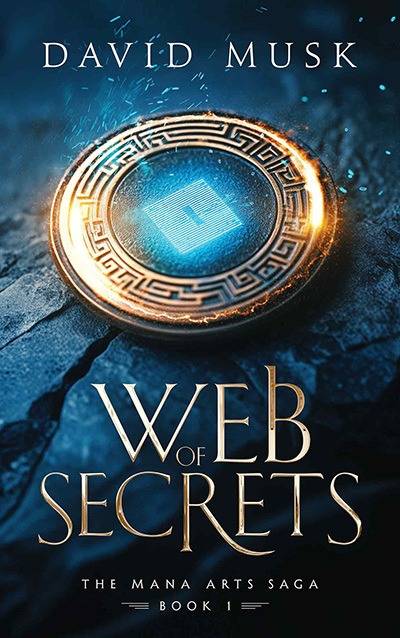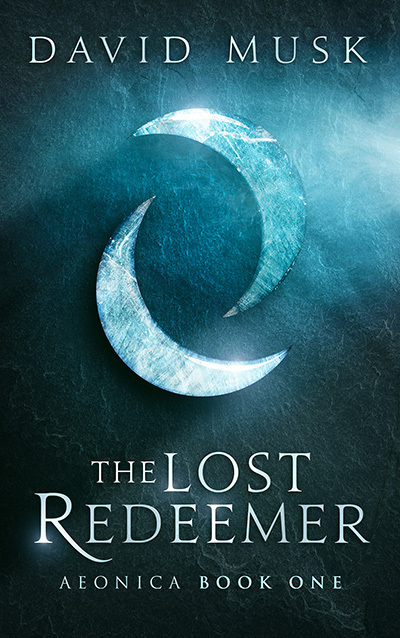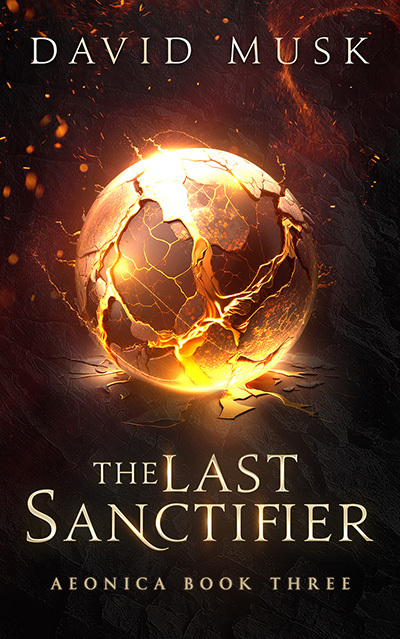Checklist for New Stories on Royal Road
January 25, 2021 · 6 minute read
Are you writing a new story on Royal Road, and want to make sure you're doing everything right? This is understandable, and you only get one chance to make a first impression.
Here's a list of ten things I wish I'd known when I first started out.
1. Read the Rules
This way, you'll know you're doing everything right, and you won't risk any surprises later on. Also, if another user is harassing you via comments or reviews, you'll know that person doesn't represent the community. You'll also know when you're within your rights to report that person and have the negative review removed.
2. Write an Attention-Grabbing Synopsis
A synopsis is something your prospective readers are going to scan rather than read. They want to get a quick sense of whether or not this story is for them. This means shorter is usually better. Try to pack as much emotional punch as you can with just a few hundred words, giving readers a quick sense of the protagonist, his/her goal, the stakes, genre, and setting.
If you need inspiration, I recommend looking through Amazon for the bestsellers in your chosen genre. Amazon is an even more competitive market than RR, and the top authors understand that.
Blurbs and summaries aren't fun to write. As authors, we know how much depth our stories have, and it can seem impossible to compress that into only a few hundred words. but I'd argue that they deserve as much attention as a full chapter. I'd recommend brainstorming a few ultra-rough drafts, then refining the one that works best.
3. Select your Genres and Tags
This is a simple step that's often overlooked. Aside from the homepage and "top lists", the search feature is one of the best ways for connecting you with potential readers. Selecting the right genre and tags can help you do that. This can also help keep away the readers you don't want which can save you from negative reviews.
4. Have an Eye-Catching Cover.
Internet users are drawn to pictures, so this matters. If you’re just starting out, there’s no need to commission artwork or hire a designer. Just do the best you can. There are plenty of stock images out there available for commercial use, and sites like Artbreeder allow you to generate original-looking artwork for free. There are also plenty of free tools online that will help you add typography to your chosen artwork/photographs.
5. Have a Strong Opening
Your opening scene (and even your opening sentence) are some of the most important words in your story. Statistically, these words will be seen by more people than any other words you write, so you want to make them count. Fortunately, I wrote a whole post on how to open a web novel.
6. End Chapter One on a High-Tension Note
This advice also applies to later chapters, but it's even more important in the beginning. Sometimes, a high-tension note can be a full cliffhanger, but that's optional. At the very least, you want to give your readers a reason to keep reading. Make them curious to find out what happens next.
7. Watch Your Chapter Lengths
You're probably wondering what "the right length" is. To be honest, that number will depend on you, and the content of your chapters. Most people I've talked to agree that a web novel chapter should fall within 2000-3000 words (a 10-15 minute read. However, I've also had chapters as low as 1000 words, and as long as 5000 words. It all depends on where the high-tension notes are, and how you've broken up your content. It would be silly to add or remove content just to fit an arbitrary number.
With that in mind, there are more benefits to posting shorter chapters on RR aside from reader preferences. More chapters mean more time on the "Latest Updates" section of the home page. it also results in more page views overall, which increases your rank on the "Popular This Week" section.
So, does this mean shorter is always better? If that's the case, why not post chapters with only 1000 words, or even 500? For this question, refer back to item number six on this list. Too many high-tension notes will make the story monotonous and tiring. Sometimes, the characters need to stop and reflect, and that can only happen in a longer chapter. You also want readers to leave each chapter feeling satisfied, otherwise, they'll have no reason to come back.
8. Give Your Chapters Titles
Whenever you update your story, the chapter title appears on the homepage under the "Latest Updates" section. That means your chapter titles are another chance to bring in more readers.
Some writers miss this opportunity and only put the chapter number there. But consider this, which of these options is the most attention-grabbing?
Aeonica - 1
Aeonica - Chapter 1
Aeonica - Chapter 1: No Place for Aeons
The last example was the first chapter of my book, Aeonica: The Lost Redeemer.
9. Don't Post Too Frequently, or Too Sporadically
Some new writers will drop all of their chapters at once, leaving them with only one day of homepage time. After that, no one will ever hear from their story again. Other writers will only post once per month, and this will cause their readers to lose interest in favor of more active stories.
I'd recommend finding a sweet spot somewhere in the middle. Personally, I post once per week, but I'm on the slower side. More successful writers will post 2-3 times per week, and that seems to work well for them. If you write faster than this, that's okay. You can still hold onto your chapters. In fact, there are benefits to having a backlog. For one thing, it lets you keep updating even if an emergency comes up. This also gives you more time to proofread if you need it. Personally, I catch way more errors if I come back after a few days.
10. Don’t Stress About Anything on This List.
This might be surprising, considering I just gave you a long list of things to stress about. But the fact is, you can do most of these things after you release your first chapter. Blurbs and covers can be changed, and chapters can be re-written. This list is meant to help you consolidate everything in a single place so you can stress less. However, if you find yourself procrastinating on your writing because you can't perfect your blurb, cover, or opening line, I'd recommend shooting for "good enough."
When it comes to posting fiction online, the first step is often the hardest. Once you have your foot in the door, you can always tweak things as needed. Personally, I've re-done my cover four times after posting, re-written my opening chapter five times, and re-written my blurb six or seven times. As you improve as a writer, your standards will increase as well. This is why I've found it better to keep moving forward rather than striving for perfection at any step.
Looking for a more general first chapter checklist? Check out my other blog post, How to Open Your Webnovel.



